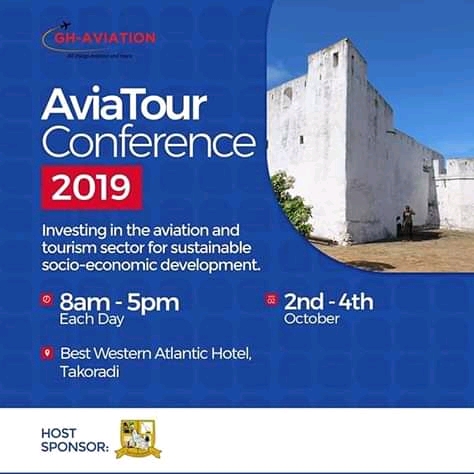Since its inception, tourism has been considered a benign activity. The holiday industry’s brings leisure, enjoyment, a break from all responsibility. It has brought wealth to forgotten rural communities, cushioned the blow of financial crashes, conserved critically endangered species and restored crumbling, historic cities. Tourism’s potential benefits are clear. However, the mistake is to think that it can only bring good. Many of us do not believe this myth, and have been speaking out against it for decades. Our concerns were dismissed, until very recently. In summer 2017, the media and the travel industry finally began to turn their gaze to the negative impacts of the holiday industry, and the term ‘overtourism’ was coined.
Overtourism is fast becoming one of the most hotly debated issues in the modern age of travel. Thanks to cheaper air fares, rising incomes and social media's ability to laser focus attention on specific destinations, more travelers than ever before are descending on places that can no longer cope with their own popularity.
In the past few years, the number of destinations raising the alarm over this has steadily increased. In 2018, the Oxford English Dictionary made "overtourism," one of its words of the year -it's defined as an excessive number of visitors heading to famous locations, damaging the environment and having a detrimental impact on resident's lives.
Overtourism is the perceived congestion or overcrowding from an excess of tourists, resulting in conflicts with locals. The term has only been used frequently since 2015, but is now the most commonly used expression to describe the negative impacts ascribed to tourism.
The World Tourism Organization (UNWTO) defines overtourism as "the impact of tourism on a destination, or parts thereof, that excessively influences perceived quality of life of citizens and/or quality of visitor experiences in a negative way". This definition shows how overtourism can be observed both among locals, who view tourism as a disruptive factor that increasingly burdens daily life, as well as visitors, who may regard high numbers of tourists as a nuisance.
Tourism like any other industry, it needs to be managed and regulated locally to prevent the negative impacts.
Overtourism is sometimes incorrectly equated with mass tourism. Mass tourism entails large groups of tourists coming to the same destination. While this can lead to overtourism, there are many destinations that host millions of visitors, yet are not seen as suffering from overtourism.
Causes of overtourism
Three main issues related to excessive tourism growth were recognized: (1) Too many visitors; (2) Too much disturbance (e.g. noise); (3) Too much physical impacts (e.g. touristification and destruction of nature). Overtourism is observed mostly, but not exclusively when the number of visitors to a destination, or parts thereof, grows rapidly in a short space of time. Also, it is most common in areas where visitors and residents share a physical space.
What can tourists do to avoid overtourism?
Responsible tourism refers to tourism which creates better places for people to live and to visit with the emphasis on ‘to live’. Therefore, by definition, it is the opposite of overtourism, which diminishes the quality of life for local residents and creates a negative experience for visitors. Overtourism is sometimes simply a case of numbers: there are too many people in a particular place at a particular time. But in some cases, taking a more responsible approach to tourism can mitigate the negative effects. In these cases, the solution can be to travel as a responsible tourist; to travel in ways which maximise positive impacts and minimise the negative ones.
And whenever you travel, try and ensure as much of your cash stays as local as possible. Stay in locally owned guesthouses; eat at local restaurants and take tours with local guides. Tourism can still be very much a force for good, and ensuring that local residents, habitats and wildlife benefit from your presence is an important part of that.
Travelling responsibly, in smaller numbers, not only helps avoid overtourism. It will give you a greater connection with local people and ways of life: a far more authentic holiday experience.
Overtourism may seem like a new concept, but there are many examples around the world of how it has been successfully avoided, dating back years.





